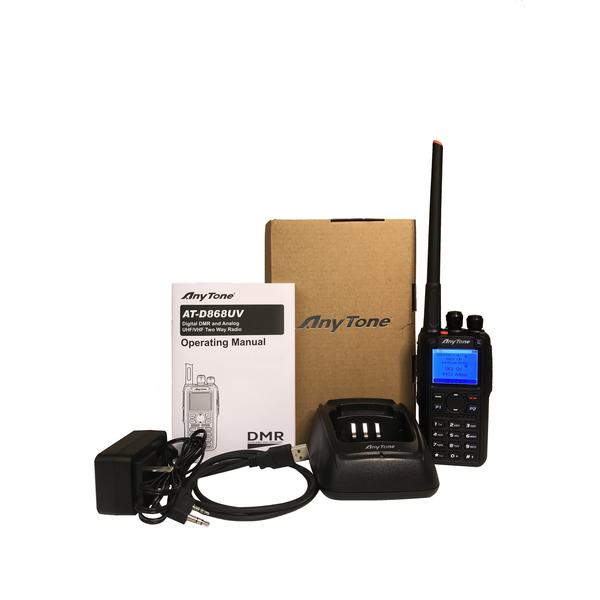


Notice that the at-duv approval documents also include details of the Bluetooth module. You can find internal photographs, test reports, SAR radiation exposure limit testing reports and more. In practice, the chip will cover even more than that. The modification intentionally inhibits transmit in these expanded areas. There are countries around the world that make use of the radio spectrum above MHz for two way radio, and this modification will allow you to hear those transmissions. As delivered by the factory, covers up to MHz. Make sure you have a saved copy of your codeplug. You can repeat the process to change bands at any time. Then turn off the radio, which will save your selected mode setting, and from that point on, your radio will use the frequency limits that correspond with the mode setting you selected. Rotate the top dial to change the mode number, which will select the following bands. You can even make your own spare programming cable if you wanted, using this pinout as a guide.Īt the time of writing, there are fourteen for the combinations of bands that you can select to use. Unlike many other Baofeng programming cables, the cable has no electronics inside, but does need a driver to be installed. There are some differences, too: change in case and branding labels of course, more narrow and taller LCD display, no P1 or P2 function buttons, no top mounted PF3 button, and more. This means it should be possible to upgrade a D to a D via software alone, but more investigation is needed. So it seems the only difference between the v2 hardware and the is the firmware loaded and some other data in the external flash memory. Some other literature mentions the has a faster processor and more memory than thebut my investigations show this is not factual. The D also has a new screen colour scheme, and talker alias has been implemented. From a features viewpoint, the AT-DUV has some extra features over and above the D, such as APRS for FM, roaming automatic switching to a repeater with the strongest signal, intended for large linked networks and at extra cost can have either Bluetooth or extra audio recording capacity added as an add-in module.


 0 kommentar(er)
0 kommentar(er)
